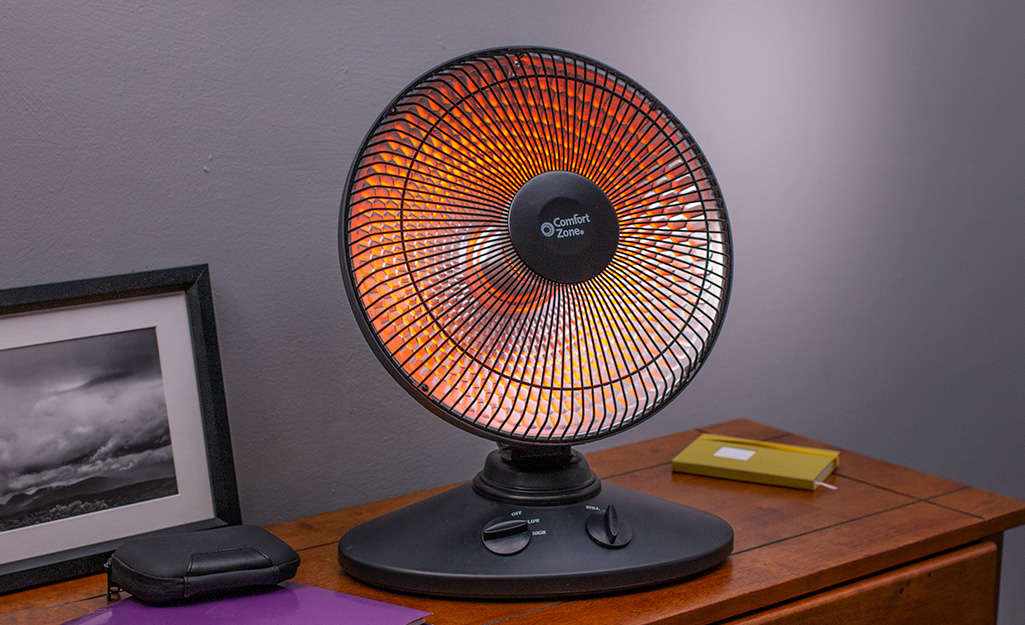Rumored Buzz on 1 Source Portable Air
Table of Contents1 Source Portable Air Can Be Fun For EveryoneGet This Report about 1 Source Portable AirHow 1 Source Portable Air can Save You Time, Stress, and Money.The smart Trick of 1 Source Portable Air That Nobody is Talking AboutThe Best Strategy To Use For 1 Source Portable Air
Running expenses are based upon an electrical power cost of 40c/kWh. The expenses for 3 months' use in winter months are based on 500 hours use, or roughly 6 hours each day for three months. Optimum warmth outcome is based upon the maximum electrical power of the models we have actually evaluated (we concentrate on greater power level heaters).
On average, little fan heating systems are much less expensive to purchase, yet can have higher running costs. Oil column heating systems will be the most affordable on the market to run (on average) however just by a slim margin in advance of convection heating units (like panel and micathermic panels).
Getting The 1 Source Portable Air To Work
If you have a relatively easy to fix ceiling fan, it'll help disperse the warmth around the room more uniformly. The designs in our electric heating units test generally array in rate from well under $100 to over $900, however we've located a greater cost doesn't constantly mean better efficiency. A number of expensive heating systems have actually fallen short to impress our testers, while some more affordable models make for remarkably bargains.
As the name suggests, they radiate heat from a red-hot heating element (so the household will have to take turns being in front of it). There are floor and wall-mounted designs available. Glowing heaters are reasonably economical. They have a cosy glow and individual warming impact, like being in front of a fire.
Radiant heating systems generally set you back between $20 and $200. Oil-filled column heating systems do not in fact melt oil they utilize power to heat up the oil that's secured inside their columns or 'fins'.
The 6-Minute Rule for 1 Source Portable Air
Some column heating systems aren't also oil-filled yet rather make use of other material or heating modern technology to function the same method - 1 Source Portable Air. The threat of fire with an oil column heating system is reduced contrasted to other heater types, yet never zero. Oil heaters do not have actually exposed elements like glowing heating units do, and their surface area temperature is reduced than lots of other heating system kinds (their huge surface offsets it)
Oil column heating units will not blow up, and while they don't melt their oil to produce warm, it's still combustible, so there is a fire risk if the oil leaks, if the heating unit suggestions over and leaks, or if combustible things or fabric come right into contact or drop on the heater. You need to work out the very same degree of caution with oil heaters as for various other heating system kinds, and never ever hang towels or clothes over one to completely dry them utilize a drying rack rather, at the very least one metre away.
Column heaters are specifically valuable in rooms where they'll my link be turned on for lengthy durations of time or where they'll operate unattended, such as over night in a bedroom. The surfaces you're likely to touch on a column heating system don't get as hot as various other sorts of electrical heating units. You can make use of a ceiling follower on very reduced speed to aid the column heating system to disperse the warm quicker and extra evenly.
Oil-filled column heating systems usually set you back in between $50 and $450. Convection and panel heating units draw chilly air over an electrical home heating element.
1 Source Portable Air Things To Know Before You Buy

Convection and panel heating systems are extra mobile than their oil-filled column heating unit equivalents because they're significantly lighter. They'll heat the my site air in a space equally and swiftly. Like a column heater, you can utilize a ceiling follower on extremely reduced speed to disperse the heat quicker and a lot more uniformly. Some designs, specifically panel heating systems, are somewhat expensive to get.

Indicators on 1 Source Portable Air You Need To Know
Fan heating systems are frequently smaller and more portable than other electrical heating units. They additionally come in the form of tower fan heating units, which can be better for dispersing warmth around larger spaces because of their taller profile. They can warm the air in a space extra swiftly, evenly and promptly than some other heater kinds.
Fan heaters (ceramic or otherwise) typically cost this hyperlink in between $60 and $900. Ceramic fan heating systems aren't necessarily any different in price to non-ceramic designs.